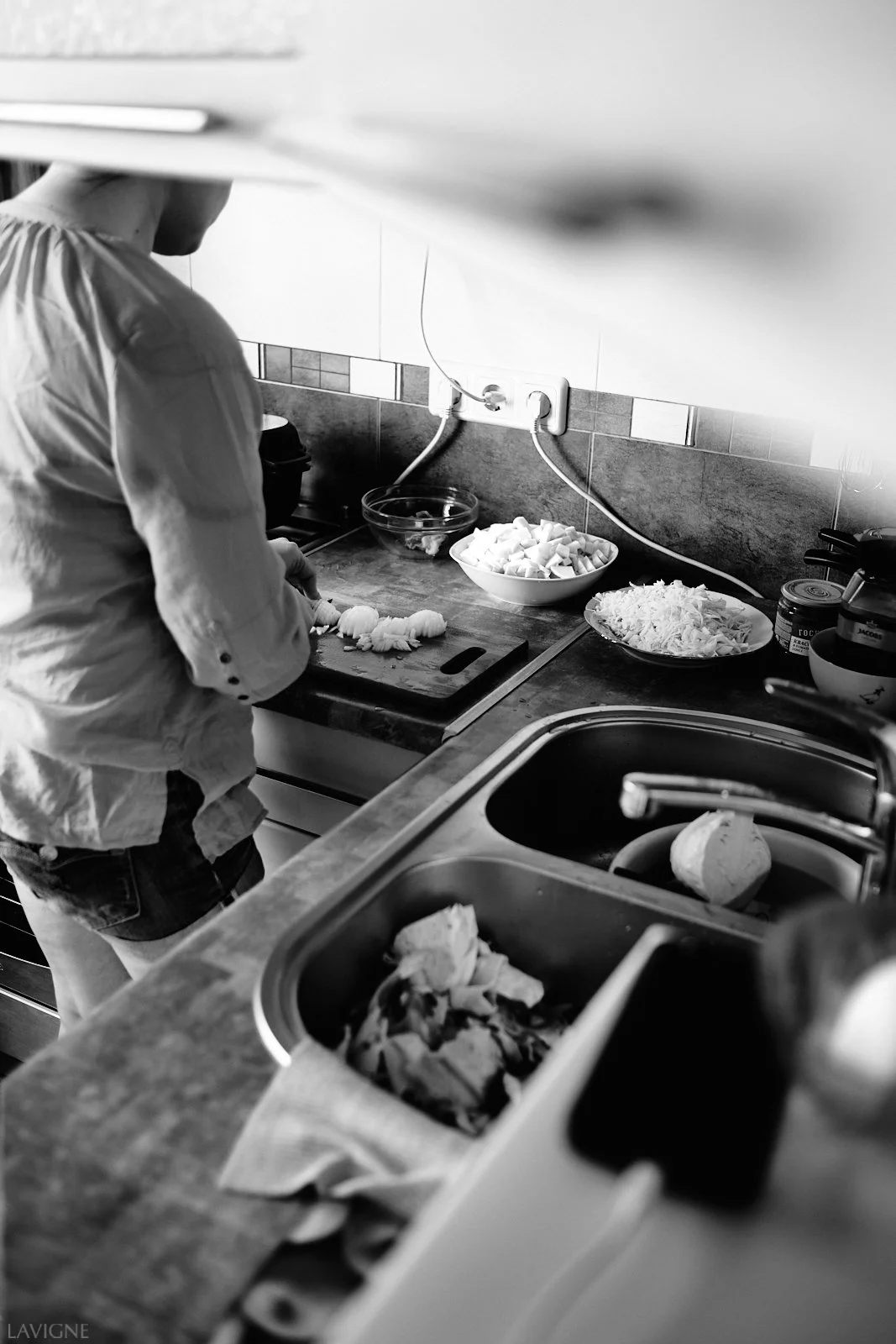Unconscious Competency in Aikido: A Case for Stealing Technique
In my dojo, as in most dojos, classes have moved online as a result of the pandemic. While we are now moving back to in-presence aikido and iaido classes, we plan on limiting the number of spots available for classes and maintaining our online offering for those who prefer a safer way of practicing. Our curriculum has also shifted dramatically, focussing on drills and katas requiring no contact.
This has led to interesting conversations and new insights about teaching and learning martial arts and the importance of community. One such conversation I wish to share here is the link between stealing technique and unconscious competency.
Unconscious Competency
Learning can be conceptualized into four stages (see Launer, 2010). In the early stages of learning, we know that we don’t know. This is conscious incompetency. Then, as we develop, we start to feel more confident, yet tend to overestimate our competency (see also the Dunning-Kruger effect). We don’t know that we don’t know. This is unconscious incompetency. Then, as our knowledge deepens, we also develop a better sense of its limits and an appreciation for true mastery; conscious competency.
But as true proficiency develops, compartmentalized knowledge becomes chunked, procedures become internalized and automated in ways that involve so many aspects and subtleties, in particular when it comes to dealing with the specifics of any situation. As a result, it becomes harder to break things down. I mean, we can break things down, but it might not be the same thing as when we just do it. As mastery develops, it becomes harder to contemplate what it is made of. This is the final stage; unconscious competency. We don’t know what we know.
Though these four stages inform the way we teach beginners, they also have implications for the way we must learn from masters and steal their techniques.
Stealing Technique
Jim Barnes Sensei wrote a piece explaining where the notion of stealing technique comes from and some its relation to modern practice; what we sometimes call ‘training the eye.’ In essence, in order to learn from someone, a student should make efforts to see what is demonstrated and try to reproduce it. This was the traditional way of instruction in Japan and is seen as a norm on the tatami (to be blunt, less talking, more watching and training to reproduce). Interestingly, when we take into consideration that mastery involves competency becoming an unconscious process, then stealing technique is not only respectful of traditional approaches, it is the only way to learn from masters.
I have had the opportunity to study under respected masters and one thing I am noticing more and more is how their doing differs from their explaining. When they explain, break it down, it’s not exactly the same as when they just execute, fast, without much thought. The implication is that there is so much inside of them that they either don’t see or can’t explain. As such, ‘training the eye’ can only take you so far. There is a lot you can’t see in aikido. There is either too much going on, or it’s too subtle to notice, but when you feel it, taking honest ukemi, receiving the whole of the technique without escaping, yet landing safely, your body serves as your eyes. If you can combine this with a good eye, you peel off new layers of that infinite onion that is aikido.
However, partner-practice puts everyone at risk during these pandemic days. And our first duty as martial artists is to the safety of others. So feeling has to be rethought, as part of distance instruction. Online teaching limits the capacity of students to examine their instructors and steal techniques. It also limits instructors’ vision and provides but limited feedback about students’ progress. In other words, the complex exchange that takes place during online instruction is constrained. On the other hand, this forces us to explore other ways of teaching; teaching focused on learning, whatever the Fates send our way. As a result, we make new discoveries. We are getting better through training, just differently. There is a silver lining, as long as dojos find ways to weather the storm.
Now, pass me some vaccine and give me some koshinage! Anyone?
References
Launer, J. (2010). Unconscious incompetence. Postgraduate Medical Journal, 86(1020), 628–628. https://doi.org/10.1136/pgmj.2010.108423









